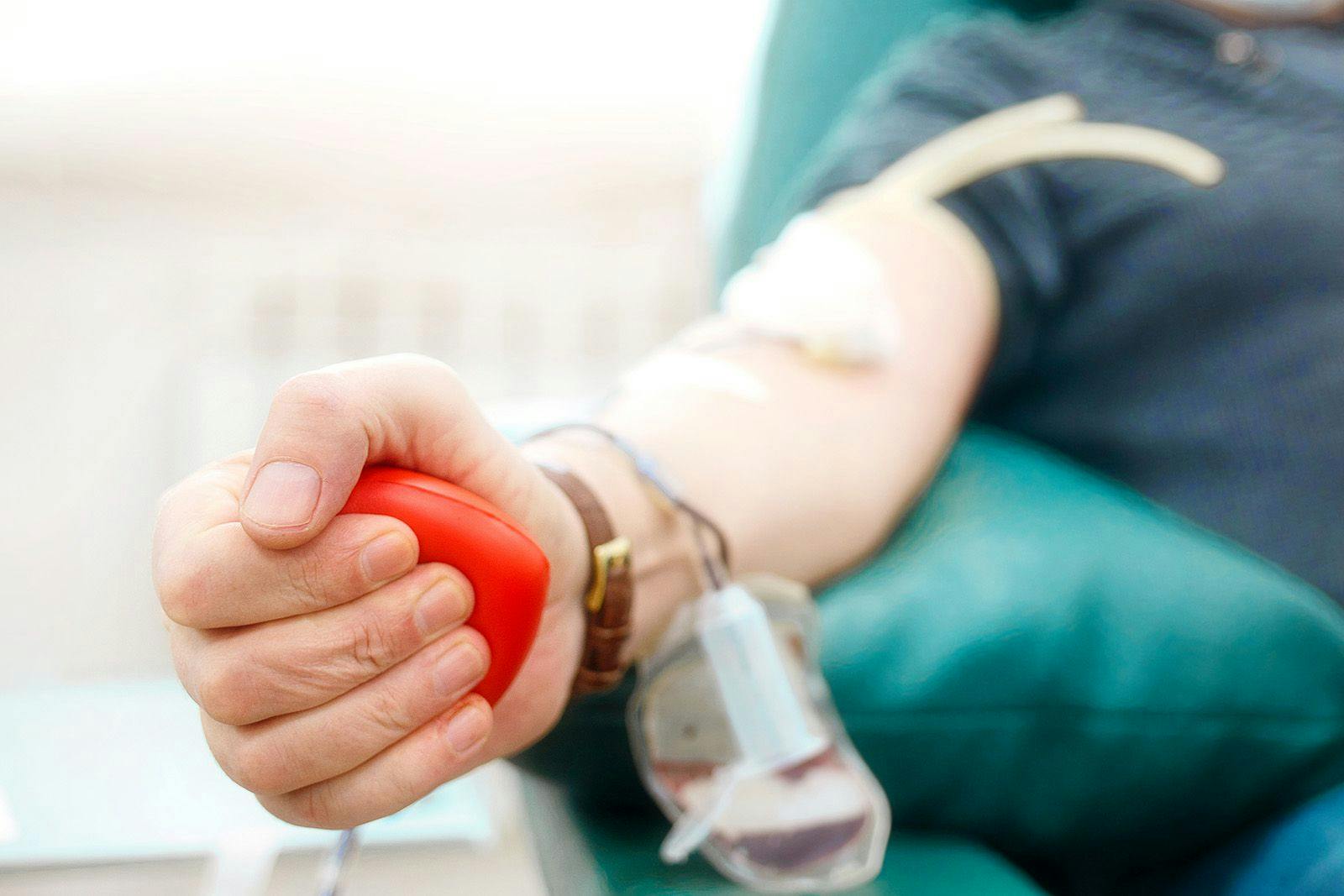When you think of working as a certified phlebotomist, you may picture working in a hospital or medical office, but there are many phlebotomists that work in blood and plasma donation centers.
At the donor center, a phlebotomist is essential in managing the collection process, ensuring that all vital fluids are safely and efficiently gathered for use. These centers help supply hospitals, emergency rooms, blood banks, and surgery centers with vital fluids which can help save lives. Plasma is also used to make medicines which help numerous people.
Phlebotomists play a crucial role in blood and plasma donation, making sure that donors can donate efficiently and safely. The phlebotomy technicians also make sure the samples are properly taken without contamination, so they can be used properly by medical professionals.
The Phlebotomist's Role in Blood Donation
Understanding the phlebotomist’s role in blood donation is crucial, as they ensure that each donation is conducted according to health standards, which enhances the safety and effectiveness of the process. Blood donation centers and blood drives are an important part of collecting blood that is used by local hospitals and surgery centers. The phlebotomists are an integral part of collecting blood, following proper health and safety regulations.
Potential donors must register, validating their home address, and showing picture ID. Donors must answer a questionnaire about their health, and any prescriptions they may be taking. After this, they are screened for any health risks, and given a brief medical examination. The medical staff takes their temperature, blood pressure, and checks their hemoglobin levels. Once they are cleared for donation, the phlebotomist draws blood via a venipuncture using a sterile needle. A tube connected to the needle, through which blood flows into a container.
After the donation is complete, the phlebotomist puts a small bandage on the donor’s arm, and they may be served a snack to get their blood sugar back up.
The blood is stored in a refrigerated transport unit, as it goes to a medical processing facility. Some components may be removed from the blood for specific uses, such as platelets or plasma. The blood is then taken to a test facility, where the blood type is determined, and the blood is tested for any blood-borne infectious diseases. The blood that is useable for transfusions will be labelled, packed, and stored in refrigerated storage for up to 42 days. Plasma can be stored frozen for up to one year.
Phlebotomists and Plasma Donation Centers
Plasma is a major component of your blood, making up about 55% of it’s content. Many important medicines are made from the proteins found in plasma, that can be only found in this fluid.
Plasma is composed of water, proteins, enzymes, and salts. The role plasma fills is carrying nutrients, proteins, and hormones to the cells of the body. When separated from the red blood cells, white blood cells, and platelets, plasma is a deep yellow color.
Plasma donation centers not only support critical medical treatments but are also pivotal in advancing research for new therapies. At plasma donation centers, blood is drawn from donors, and run through a machine which separates red and white blood cells from the plasma, which is collected by the phlebotomists and other healthcare professionals. This plasma is then used to make medicines which treat hemophilia, Rh Deficiency Syndrome, immunodeficiency, and Alpha-1 Antitrypsin Deficiency. Plasma also contains albumin, a protein used to make medicine that increases the volume of blood plasma in patients. Albumin is often used to prevent patients from going into shock after severe trauma, or to replace fluid lost during intense bleeding or burns. Lastly, plasma can be used in hospitals to replace fluid lost during surgery.
At a plasma donation center, a certified phlebotomist or medical assistant with phlebotomy certification will screen donors to make sure they are eligible to donate plasma. After answering a series of screening questions, a phlebotomist will prick the donor’s finger and collect a small sample of blood to test for red blood cell count. If the donor has a sufficient amount of red blood cells, they are eligible to donate and move to the waiting area.
In the donation area, the phlebotomy technician confirms the donor’s information, then as the donor lays on a specialized table, the phlebotomist creates a venipuncture to draw blood. The blood is drawn into a machine which separates the red blood cells from the plasma, with the plasma being collected in a container. Once the allotted amount of plasma is collected, the red blood cells are returned to the donor via reverse flow, with an IV bag of saline providing the fluid transport of cells back to the donor. The remaining small amounts of blood are sealed in the IV tubing and disposed of as medical waste.
Blood and Plasma Donation Centers Require Certified Phlebotomists
California is one of the states that requires phlebotomy certification. In order to staff blood and plasma donation facilities, there is a demand for CPT1 phlebotomists and other medical staff.
This is one place you can apply to work as a certified phlebotomist, that is outside of hospitals or medical offices. Collecting these valuable fluids help save lives daily, which is a worthy and meaningful profession.
Start Your Medical Career with Phlebotomy
If starting your medical career with phlebotomy certification is a path you want to follow, Campus, formerly MTI College, in Sacramento offers both a Phlebotomy Certification Program and a Medical Assisting with Phlebotomy Certification Program. Healthcare jobs for CPT1 phlebotomists are projected to be in demand from 2020 to 2030, according to the Bureau of Labor Statistics[1] . Campus can help get you started in a rewarding healthcare career with phlebotomy training.
If you have any questions, call our team at (916) 339-1500 or use the Request Information form today. You can also complete the online application and an admissions advisor will walk you through the process.
We look forward to helping you start your healthcare career.
